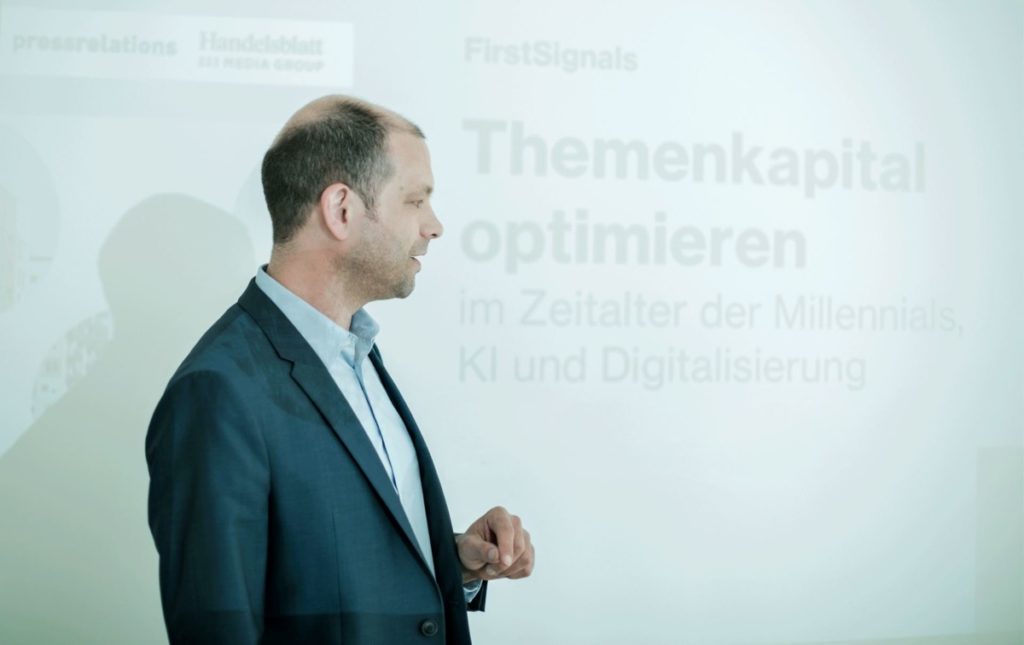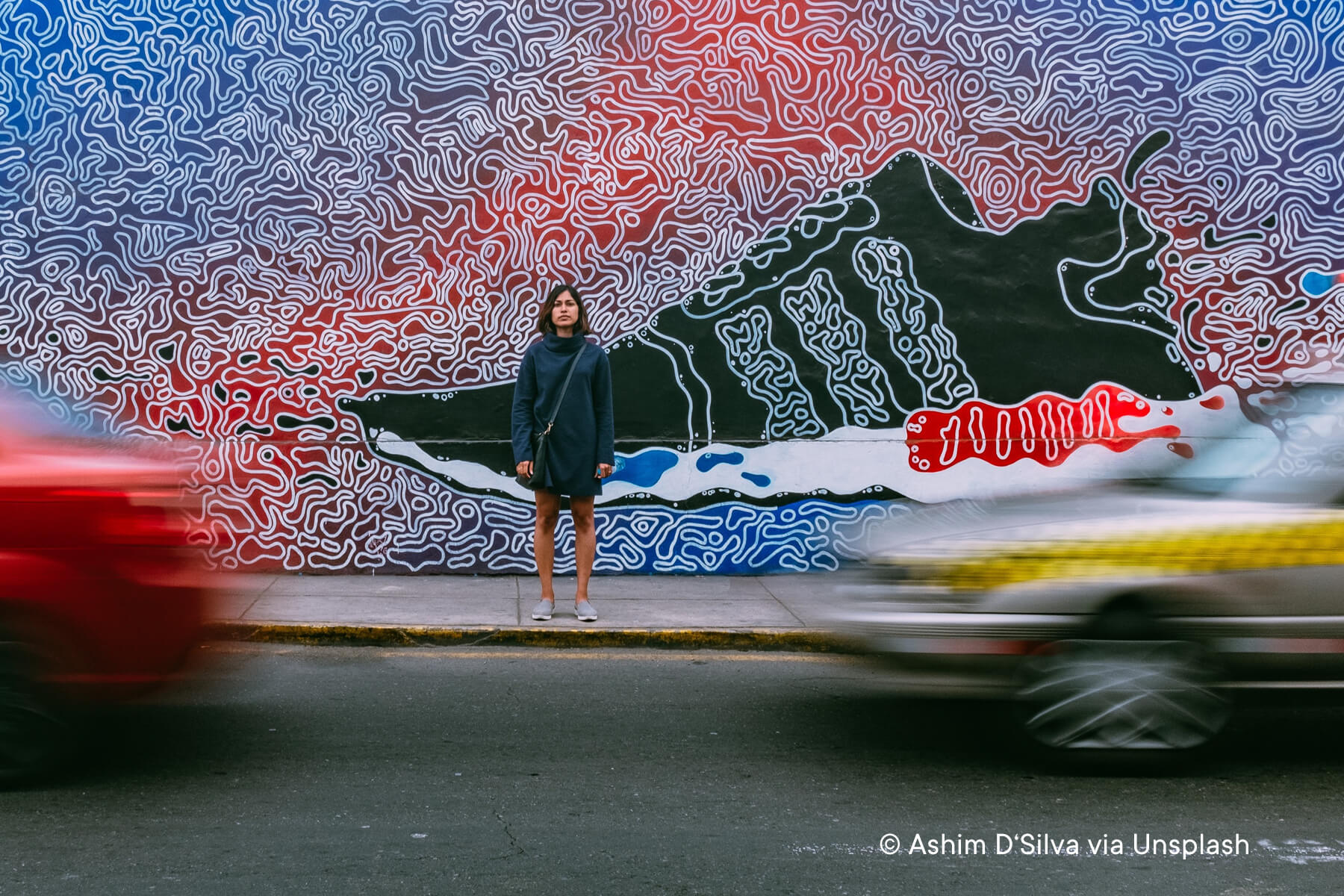Finland’s schools are always ahead in PISA studies, especially when it comes to digitalization. The most recent example is that the topic of fake news has recently become an integral part of the curriculum. Math classes teach the correct interpretation of numbers, data and statistics, art classes teach students to recognize manipulated images and videos, and history classes take on lies and fake facts.
The importance of such educational work is now on display due to the coronavirus crisis. While the world is suffering from the pandemic, the Internet has turned into a paradise for conspiracy theorists, doomsayers, professional news manipulators, and populists.
FLOODING WITH INFORMATION IN REAL TIME
The wave of constant, real-time information from all conceivable channels can be just as problematic as fake news. The global web has become a curse in this crisis, as nobody can adequately process the huge output and the permanent updates of data, news and comments. Only a few days of keeping up with the situation are enough to make you dizzy from info-satiation and excessive demands.
In addition, the flood of information acts as an accelerant for fake news. Even in normal times, it is not easy to separate confirmed facts from misinformation. The current tsunami of news, tweets and posts about the coronavirus makes this simply impossible.
In addition, the classification and evaluation of the information is made even more difficult because there is too little reliable knowledge about the coronavirus and its consequences. The data on its distribution is structurally inadequate and new knowledge is constantly transforming the information base every day.
FACTS CHANGE OVERNIGHT
Even respectable institutions such as the Robert Koch Institute and highly competent experts such as the now-famous Charité virologist Christian Drosten had to correct the data and recommendations from the previous day because the information had shifted overnight.
Information and forecasts on the pandemic and its effects on health systems, the economy, and society as a whole, melts into a mixture of expert knowledge, qualified analysis, political attitudes, personal opinions, speculation and, of course, fake news.
Although the current pandemic is exceptional, it is not the first in history. What is actually new is that with the help of digitalization we are now experiencing the first infodemic of mankind.
So how do we stay well informed and at the same time prevent ourselves from collapsing under the news saturation, infecting ourselves with fake news and infecting others by sharing and passing on superficial and false information?
1. CONSCIOUS SELECTION
The Finnish school system defines three types of fake news – disinformation, misinformation, and gossip.
DISINFORMATION
Disinformation is the classic type of fake news – deliberate misinformation through manipulative photos and data, suggestive language, one-sided presentation, etc.
MISINFORMATION
Misinformation is defined as any information that is well intended, but not well made. Unsubstantiated claims, inaccurate or contradictory statements, incorrect data interpretation and speculation. They can be found above all in social networks, on news websites operated in a negligent manner, or with experts with dubious professional reputation.
GOSSIP AND TITTLE-TATTLE
Gossip includes any information that individuals exchange privately, especially via social media. In times of an infodemic, it may be better to consider posts from private individuals as entertainment, but not as information. Even if a great deal of effort has been put into it – when it comes to complex topics, individuals are structurally inferior to experts, some of whom have decades of experience, as well as technical institutes and large teams with hundreds or even thousands of employees. Caution is especially advised when comments are too positive or too pessimistic.
#STAYHOME AGAINST THE INFODEMIC
Conscious selection makes sense, however, not only with regard to the examination of fake news. Just as a pandemic is unsuitable for trying out alternative or untested healing methods, an infodemic phase is not the time to open up new and previously unknown news sources. #Stayhome, in infodemic terms, means that you are better off staying with media sources that have proven their worth to you over the years and which you trust.
In case of doubt, these is still the established, trustworthy media, which can ensure high-quality news with large editorial offices, well-trained journalists, extensive research, intensive fact-checking and direct access to top politicians and top experts.
2. RADICAL REDUCTION
FILTER AND SYSTEMATICALLY REDUCE
Currently, approx. 65% of the total news output consists of coronavirus coverage (source: own data collection in German top media). Even on a single large news portal like Spiegel Online, processing all coronavirus information keeps you busy all day long.
So, you’d better not surf the news stream as usual. Filter and systematically reduce your media consumption to articles that interest you most and affect you personally. To avoid tunnel vision, compare this information with that of a few other top news sites on the same topic.
CUSTOMIZED SOCIAL MEDIA
First ask yourself if the numerous tweets, posts and messages from your peers about COVID-19 are good for you or not. If it’s the latter, do not share every piece of information that is new to you or every exciting thought about the pandemic. Reduce your contacts in the social networks to the bare essentials.
AVOID INFORMATIONAL WARFARE
Above all, don’t start information wars on Twitter, Facebook, or in your Whatsapp group. This happens tens of millions of times and is a massive contributor to the spread of the infodemic. Stay away from the info wars of others, too. Discuss and debate the situation with your friends, colleagues or acquaintances, preferably in person. Nowadays, that means by telephone or video chat.
“Flatten the Curve” can therefore also serve as a motto to contain the infodemic, to protect our society from fake news and ourselves from “information overkill”. Through an even more conscious and precise selection of media contributions and media sources than before, as well as a radical reduction of clicks, posts, likes, tweets, retweets and shares.





